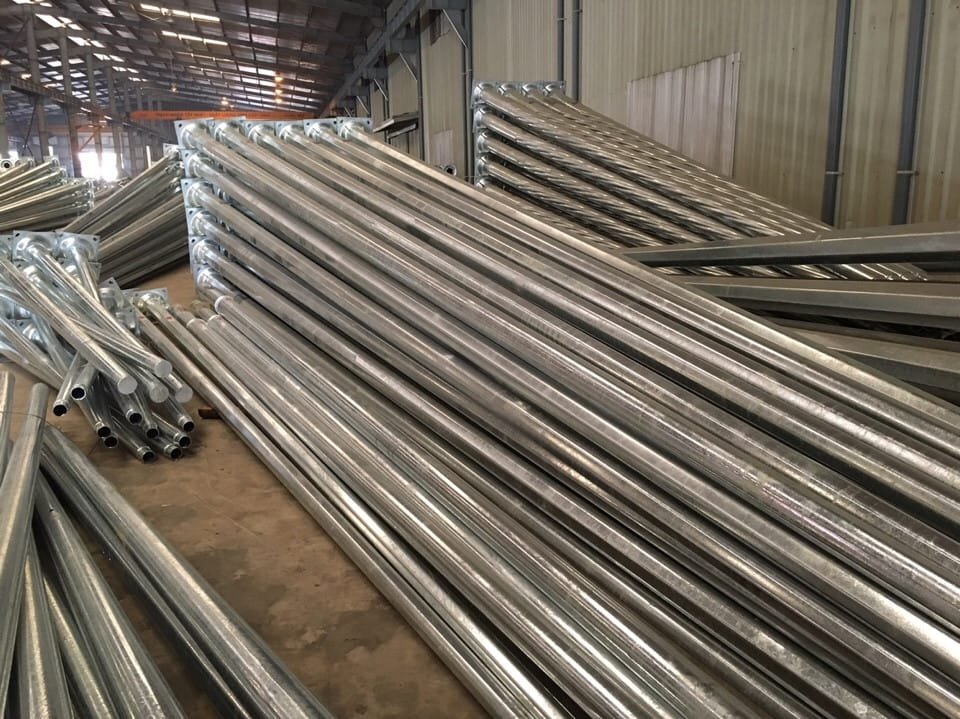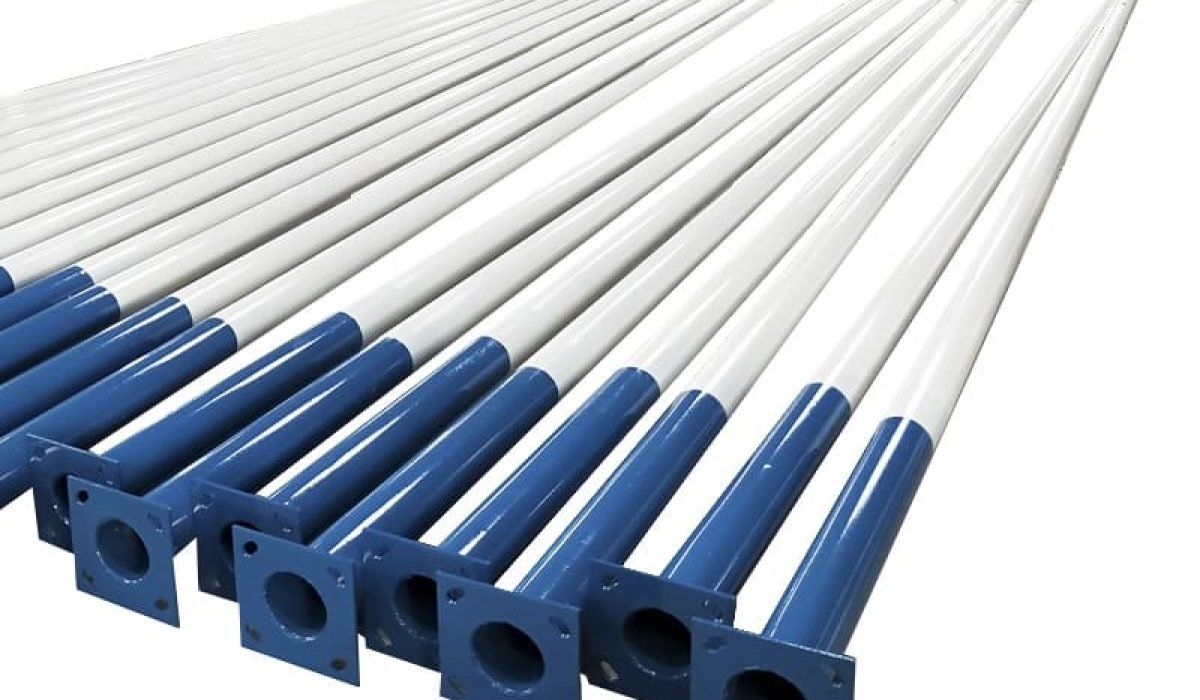In recent years, as African cities accelerate smart city and infrastructure upgrades, the demand for reliable lighting poles in government projects has grown sharply. For procurement officers and contractors, choosing the right poles is not just about ticking compliance boxes—it directly impacts safety, maintenance budgets, and long-term project credibility.
From my own project experience, I’ve seen that government tenders often reward solutions that are both robust in the field and economical in the long run. Below, I’ll focus on three aspects that matter most: safety, lifespan, and cost.
How Do Lighting Poles Meet Safety and Tender Requirements?
Every government tender starts with one key question: will this product stand up to scrutiny and protect public safety?
- Poles must meet regulatory approval under ISO, EN, or local standards.
- Structural load testing ensures they can withstand heavy luminaires and high winds.
- Proper grounding and anti-fall designs reduce the risk of accidents in busy public areas.
From a contractor’s point of view, failing on safety compliance is the fastest way to lose a bid. Tender documents often specify not only the pole height and material but also demand proof of certification and factory audits.
In practice, this often means working with suppliers who provide full documentation upfront—saving both time and the risk of disqualification later.
Why Does Long Service Life Matter More Than Ever?
In government projects, replacing a failed pole isn’t just an expense—it’s a political headache and a disruption to public life.

Hot-dip galvanized steel poles are widely favored because they are:
- Weather-resistant, performing well in desert heat, coastal salt air, and humid tropical climates.
- Long-lasting, with a typical lifespan of 25–30 years.
- Proven in both urban and rural deployments, reducing the risk of premature failures.
Take one coastal city project I worked on: after switching from painted poles to galvanized steel, the municipality reported 30% lower maintenance costs within three years. That kind of result resonates strongly in evaluation meetings.
How Do Lighting Poles Save Costs in Government Tenders?
Tenders are highly competitive, and pricing is often decisive. But procurement teams no longer look only at the upfront pole price—they examine total lifecycle costs.
- Economical in the long run: A slightly higher purchase price can translate to major savings through reduced repainting and fewer replacements.
- Fewer downtimes: Robust poles mean fewer service interruptions and lower liability for local authorities.
- Labor savings: Easy-to-maintain designs keep technician hours—and costs—under control.
For example, in highway lighting projects, contractors that propose poles with a 25-year lifespan can demonstrate lower net present cost (NPC) compared to cheaper but shorter-lived alternatives.
What About Environmental and Smart City Readiness?
Sustainability is no longer optional—it’s part of most tender scoring systems.
- Eco-friendly materials: Recyclable steel and non-toxic coatings are now common requirements.
- Solar-ready designs: Many tenders demand compatibility with solar panels, controllers, and batteries.
- Smart integrations: Poles that support IoT sensors and dimming controls are aligned with smart city policies.
In practice, this means EPC contractors gain an edge by proposing poles that can evolve with future technology upgrades, not just serve today’s lighting needs.
How to Select the Right Poles for Your Tender Submission
When preparing a bid, the choice of pole should reflect site-specific realities:
- Urban streets usually call for 8–10m poles.
- Highways often specify 12–15m for wide coverage.
- Rural roads may only need 6–8m but must balance cost and durability.
- Coastal or high-wind areas demand extra corrosion protection and higher wind-load ratings.

From my experience, the winning bids are not those that simply offer the lowest price, but those that demonstrate clear technical fit backed by verifiable certificates.
Conclusion: A Practical Takeaway for Contractors
For contractors, choosing certified galvanized steel poles is not just about passing the tender—it’s about proving long-term reliability to your clients. If you’re preparing a government bid, make sure your supplier can provide:
- Full compliance certificates.
- References from similar projects.
- A documented lifespan and maintenance profile.
This combination not only strengthens your tender but also reassures the end client that the investment will hold its value for decades.
Frequently Asked Questions (FAQ)
What kind of lighting poles do most government tenders specify?
Most tenders ask for galvanized steel poles between 6–15 meters, but the exact size depends on whether it’s a highway, a city boulevard, or a rural road.
How do procurement officers check safety compliance?
They usually require structural load tests and grounding certificates. A good supplier provides this documentation in advance so the contractor can attach it directly to the bid.
Are sustainability requirements really important in lighting pole tenders?
Yes. Many municipalities now include a sustainability scoring section. Poles that are solar-ready or recyclable can give your bid a higher rating, even if the upfront cost is slightly higher.


